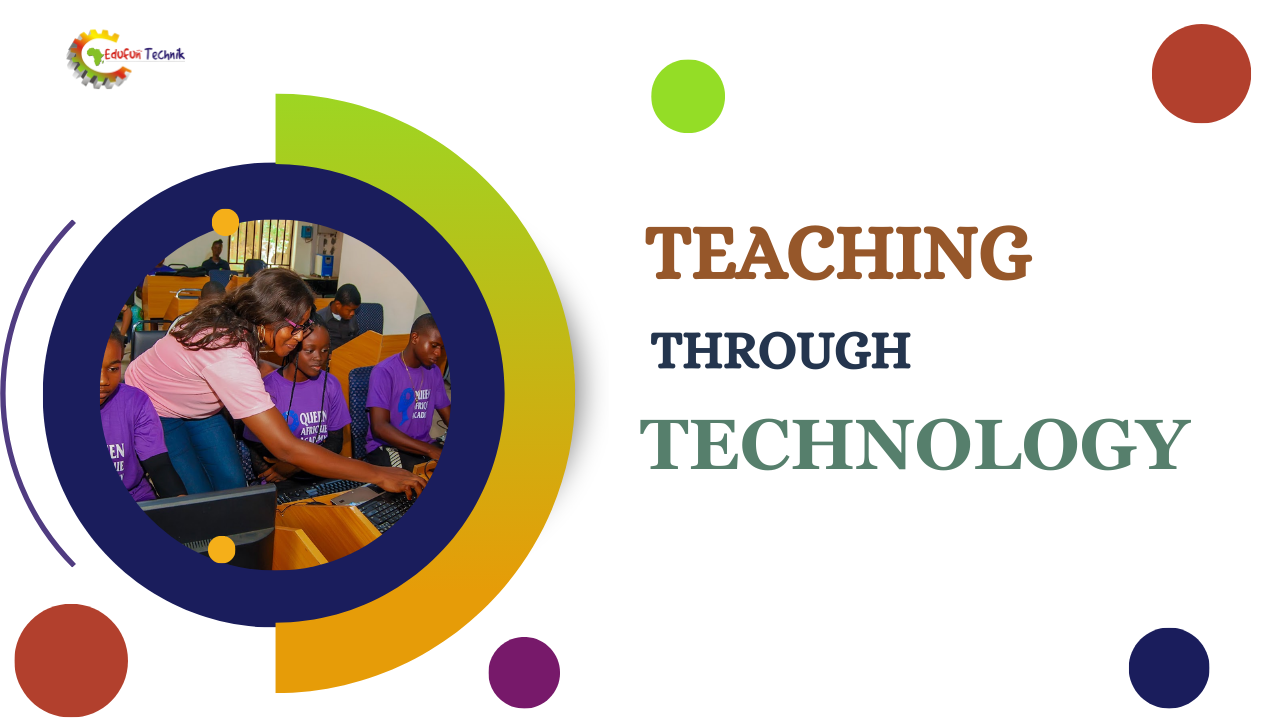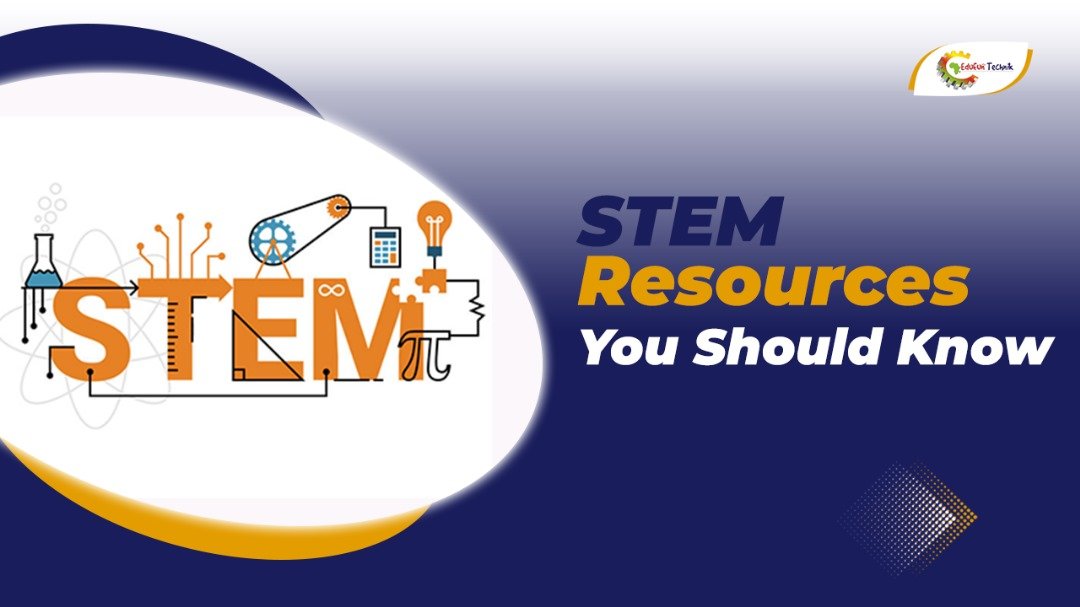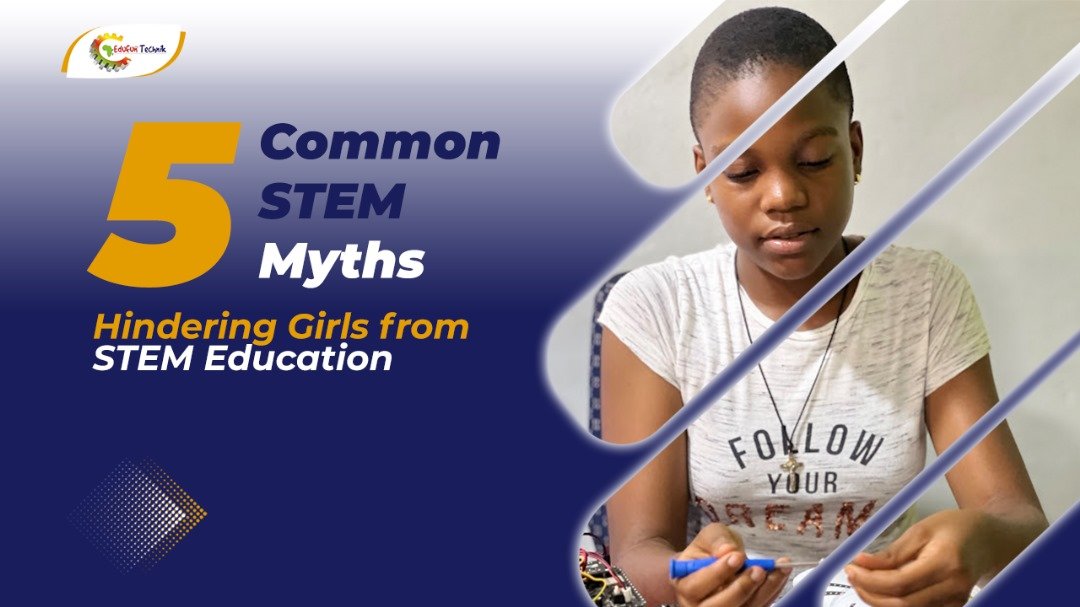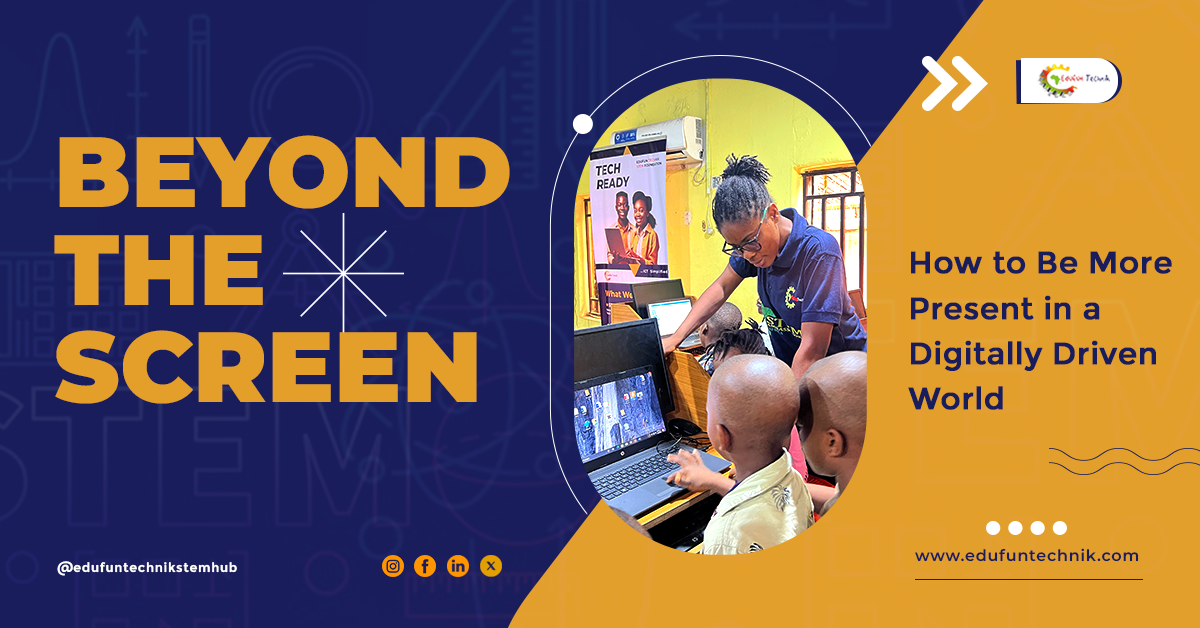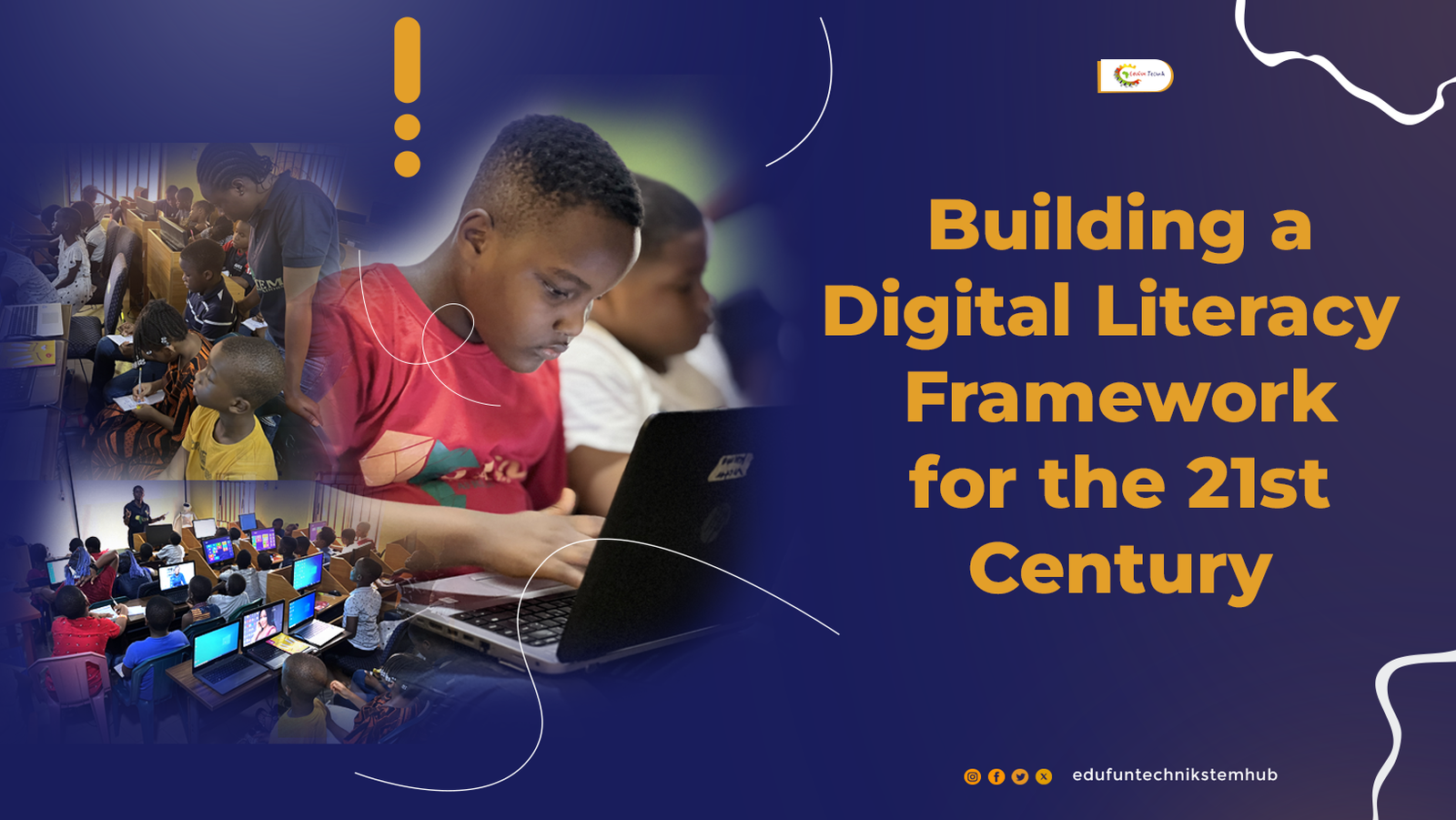Technology is everywhere. From smartphones to smart homes, it is hard to imagine life without it. The education sector is no different. Over the past few decades, schools have gradually embraced digital tools, but the real shift came during the COVID-19 pandemic. Almost overnight, classrooms were moved online, forcing both teachers and students to adapt to new ways of learning. This sudden shift showed us how important technology is in keeping education alive, even during global disruptions.
According to the U.S. Department of Education, “96% of teachers believe technology has had a positive impact in the way children participate and learn in lessons.” This statistic points out the transformative power of technology in education. Teachers have observed firsthand how digital tools can enhance student engagement, aid collective learning, and provide access to a wealth of educational resources that were previously unavailable.
The pandemic also led to the development of numerous educational platforms, such as Google Classroom, Zoom, and Microsoft Teams, which helped bridge the gap between teachers and students when they could not be physically present in the classroom. These platforms not only enabled remote learning but also introduced new ways of interaction and collaboration. For instance, features like breakout rooms in Zoom allowed for small group discussions, working together like students do in a real classroom. Google Classroom simplified the process of assignment distribution and collection, making it easier for teachers to manage coursework and provide timely feedback.
Now that we have seen what is possible, educators and policymakers are discussing how to permanently include technology into the classroom. But it is not just about using tools like computers or tablets. Technology in education also includes learning through simulations, virtual reality, artificial intelligence (AI), and adaptive learning systems that personalize content for each student’s needs.
Simulations allow students to experiment with complex concepts in a safe, controlled environment. In a chemistry class, students can carry out virtual experiments that might be too dangerous or expensive to perform in a real lab. This not only enhances safety but also allows for repeated trials and immediate feedback, reinforcing learning in ways that traditional methods cannot match.
Virtual reality (VR) takes this a step further by engaging students in fully realized 3D environments. Imagine studying marine biology by “diving” into a coral reef, or learning about astrophysics by “visiting” distant planets. These fascinating experiences can make abstract concepts real and memorable, potentially increasing retention and understanding.
Artificial intelligence in education is still in its early stages, but its potential is broad. AI can analyze large amounts of data about a student’s learning patterns and preferences, allowing for truly personalized education. It can identify areas where a student is struggling and provide targeted resources or practice problems. AI-powered chatbots can also provide instant answers to student questions,increasing teacher support and allowing for 24/7 learning assistance.
The International Society for Technology in Education (ISTE) also advocates for educators to use technology to reform learning. ISTE provides standards and frameworks for effective technology integration in education, highlighting not just the use of digital tools, but also the development of digital citizenship and computational thinking skills. These standards guide educators in creating technology-rich learning environments that prepare students for the digital world they will inherit.
The Benefits of Technology in Teaching
One of the biggest advantages of teaching through technology is how it personalized learning. Not all students learn the same way or at the same pace. With tech tools like adaptive learning platforms, teachers can offer personalized lessons that adjust based on the student’s progress. This helps ensure that no student is left behind, while also giving more advanced learners the opportunity to explore topics in greater depth.
Platforms like DreamBox and Khan Academy use algorithms to assess a student’s understanding of a topic. If the student struggles with a certain concept, the platform adjusts the difficulty level, providing additional resources and practice to help the learner master the material. This adaptive approach mimics the one-on-one attention of a tutor, but at a scale that would be impossible for a single teacher to achieve in a traditional classroom setting.
Moreover, these platforms often contain elements of gamification, turning learning into an engaging, interactive experience. Students might earn points or badges for completing lessons, creating a sense of achievement and motivation. The immediate feedback provided by these systems also helps students understand their progress in real-time, fostering a sense of ownership over their learning journey.
Technology also makes education more engaging. Traditional classroom settings, while effective, can sometimes feel boring. But when you add interactive elements like educational games, simulations, and virtual labs, students become more excited to learn. Studies show that gamified learning can increase student motivation and participation. “When students are actively engaged, they retain more information and develop critical thinking skills,” says Dr. John Hattie, an education professor known for his work on visible learning.
This engagement extends beyond just making learning fun. Interactive technologies can help students picture complex concepts, making abstract ideas more visible. For instance, 3D modeling software can help students in a geometry class understand spatial relationships in a way that 2D diagrams on a blackboard never could. Similarly, interactive timelines can make historical events come alive, helping students understand cause and effect relationships in history more clearly.
Schools around the world are using technology in creative ways by incorporating technology into nearly every aspect of their curriculum. Students use coding software, and video editing tools to create projects that match with their academic subjects. This hands-on experience not only helps students internalize what they have learned but also equips them with valuable technical skills that will benefit them in the future.
A history project might involve creating a podcast about a significant historical event, requiring students to research, write scripts, record audio, and edit their final product. This versatile approach not only deepens their understanding of the historical content but also develops their digital literacy, communication skills, and creativity.
Similarly, virtual reality (VR) is being used to teach history and geography. Instead of reading about ancient Rome, students can take virtual tours of Roman ruins, exploring the architecture and culture in a way that feels almost like time travel. This kind of captivating learning makes lessons more memorable and meaningful. It allows students to relate information in a way that reading a textbook or looking at pictures simply cannot match.
VR can also be used to develop empathy and cultural understanding. For example, some schools are using VR to let students experience life in refugee camps or in different cultural settings, promoting a deeper understanding of global issues and different viewpoints.
Overcoming Challenges in Tech-Based Education
Despite the clear benefits, integrating technology into the classroom is not without its challenges. Not all schools have access to the same resources, which can create a digital divide between students in different socio-economic settings. According to a 2021 report by the Pew Research Center, “One-in-four teens in low-income households lack reliable access to the internet, which significantly hinders their ability to participate in online learning.” For these students, the promise of technology in education remains out of reach.
This digital divide is not just about access to devices or internet connectivity. It also encompasses inconsistency in digital literacy and the quality of technology integration in schools. Students in well-funded schools might have access to new technologies and well-trained teachers, while those in underfunded schools might struggle with outdated equipment and limited tech support.
To address this issue, many organizations and governments are stepping up. In the U.S., initiatives like the Federal Communications Commission’s (FCC) Emergency Connectivity Fund provide schools with the necessary devices and internet access to ensure that every student can participate in digital learning. Other programs focus on providing digital literacy training to both students and parents, ensuring that access to technology translates into effective use.
Another challenge is the training required for teachers to effectively use new technologies. Some educators may feel overwhelmed by the fast rate of tech innovation and may lack the skills to integrate digital tools into their lessons. To address this, professional development programs are essential. The ISTE offers online courses and certifications designed to help teachers incorporate technology into their curriculum smoothly.
These professional development programs go beyond just teaching the mechanics of using new tools. They focus on teaching strategies for effective technology integration, helping teachers understand how to use tech tools to enhance learning outcomes rather than simply replacing traditional methods with digital ones. This might involve learning how to make possible online discussions, create engaging digital content, or use data analytics to track student progress and inform instruction.
Finally, there are concerns about student screen time and the potential for distraction. It is important for educators to strike a balance between using technology as an educational tool and ensuring that students are not spending too much time on devices. This is where thoughtful planning and the right blend of technology and traditional teaching methods come into play.
Educators are developing strategies to ease these concerns. For instance, some schools implement “tech breaks” during the day, where students engage in non-digital activities. Others focus on teaching digital citizenship and self-regulation skills, helping students learn to manage their own technology use responsibly. The goal is to use technology as a powerful learning tool while also fostering skills like focus, in-person communication, and independent thinking.
The Future of Teaching Through Technology
As technology continues to evolve, so will its role in education. Experts predict that artificial intelligence (AI) will play an even bigger role in the future classroom. Imagine AI-powered tutors that can assist students 24/7 or grading systems that provide instant feedback, allowing teachers to focus more on personalized instruction.
AI could transform assessment, moving away from traditional standardized tests towards more continuous, adaptive evaluation. AI systems could analyze a student’s performance across various tasks and subjects, providing a more comprehensive view of their abilities and learning needs. This could lead to more personalized learning paths, where each student’s curriculum is customized to their individual strengths, weaknesses, and learning style.
There is also growing interest in using augmented reality (AR) to create even more captivating learning experiences. Students might use AR to conduct virtual science experiments or explore distant planets in a biology or astronomy lesson. AR could bring textbooks to life, with 3D models popping out of pages or historical figures appearing to give firsthand accounts of events.
The integration of Internet of Things (IoT) devices in education is another exciting dividing line. Smart classrooms could adjust lighting and temperature for best possible learning conditions, or track attendance and participation automatically. Wearable devices could monitor student stress levels or attention, helping teachers identify when students are struggling or disengaged.
The possibilities for technology in education are limitless. We might see the development of brain-computer interfaces that allow for direct knowledge transfer, or the use of advanced haptic feedback systems that let students physically feel the concepts they are learning about. The real question is not whether technology will transform education, but how we can ensure that it transforms education for the better.
As we look to the future, it is important to remember that technology should serve educational activity, not the other way around. The goal should always be to enhance learning outcomes and prepare students for the challenges of the future. This means not just teaching students how to use technology, but also how to think critically about it, how to adapt to rapid technological change, and how to use technology ethically and responsibly.
Technology is no longer an optional add-on to traditional education. It is a key part of modern teaching and learning, offering endless opportunities for personalization, engagement, and innovation. However, for these benefits to be fully realized, educators must receive proper training, and schools must work to bridge the digital divide.
This will require ongoing investment in infrastructure, teacher training, and research into best practices for educational technology. It will also necessitate collaboration between educators, technologists, policymakers, and parents to ensure that technology is integrated into education in ways that are equitable, effective, and suitable with broader educational goals.
As you think about the role of technology in education, remember that it is not just about the tools themselves, but how they are used. When implemented thoughtfully and objectively, technology can truly transform the classroom, preparing students for a future where digital literacy is key to success. The classroom of tomorrow will likely look very different from the one we know today, but the fundamental goal remains the same: to inspire curiosity, increase learning, and prepare students to succeed in an ever-changing world.

